#charge controller
Explore tagged Tumblr posts
Text
Solar Power Eases A Bad Ice Storm
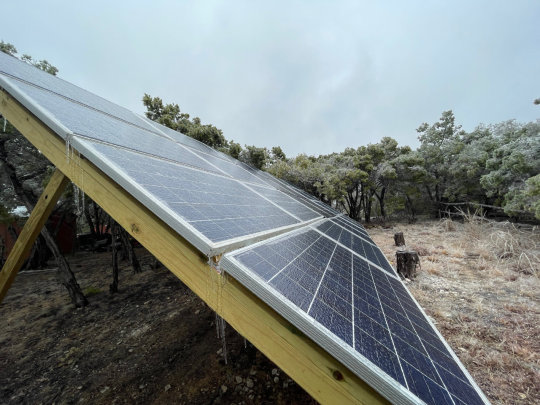
View On WordPress
#charge controller#controller#DIY#electric kettle#hill country#kilowatt#kilowatt-hours#kWh#off-grid#panel#solar#space heater#storage#tankless#toaster oven#update#water heater#wood stove
1 note
·
View note
Text
Solar Charge Controller
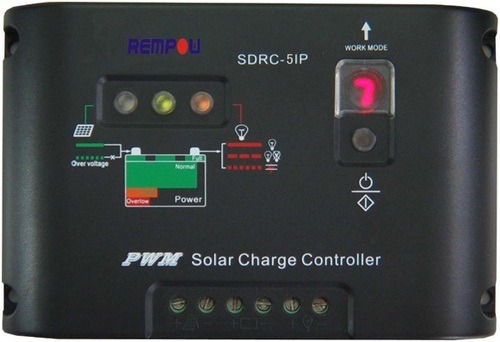
Since the brighter the sunlight, the more voltage the solar cells produce, the excessive voltage could damage the batteries. A charge controller is used to maintain the proper charging voltage on the batteries. As the input voltage from the solar array rises, the charge controller regulates the charge to the batteries preventing any over charging. Modern multi-stage charge controllers Most quality charge controller units have what is known as a 3 stage charge cycle that goes like this : 1) BULK During the Bulk phase of the charge cycle, the voltage gradually rises to the Bulk level (usually 14.4 to 14.6 volts) while the batteries draw maximum current. When Bulk level voltage is reached the absorption stage begins. 2)ABSORPTION During this phase the voltage is maintained at Bulk voltage level for a specified time (usually an hour) while the current gradually tapers off as the batteries charge up. 3)FLOAT After the absorption time passes the voltage is lowered to float level (usually 13.4 to 13.7 volts) and the batteries draw a small maintenance current until the next cycle. MPPT Maximum Power Point Tracking Most multi-stage charge controllers are Pulse Width Modulation (PWM) types. The newer Maximum Power Point Tracking (MPPT) controllers are even better. They match the output of the solar panels to the battery voltage to insure maximum charge (amps). For example: even though your solar panel is rated at 100 watts, you wont get the full 100 watts unless the battery is at optimum voltage. The Power/Watts is always equal to Volts times Amps or P=E*I .With a regular charge controller, if your batteries are low at say 12.4 volts, then your 100 watt solar panel rated at 6 amps at 16.5 volts (6 amps times 16.5 volts = 100 watts) will only charge at 6 amps times 12.4 volts or just 75 watts. You just lost 25% of your capacity! The MPPT controller compensates for the lower battery voltage by delivering closer to 8 amps into the 12.4 volt battery maintaining the full power of the 100 watt solar panel! 100 watts = 12.4 volts times 8 amps = 100 (P=E*I). The Charge Controller is installed between the Solar Panel array and the Batteries where it automatically maintains the charge on the batteries using the 3 stage charge cycle just decribed. The Power Inverter can also charge the batteries if it is connected to the AC utility grid or in the case of a stand alone system, your own AC Generator. If you are using four 75 to 80 Watt solar panels, your charge controller should be rated up to 40 amps. Even though the solar panels dont normally produce that much current, there is an edge of cloud effect. Due to this phenomenon I have seen my four 6 amp panels (4*6=24) pump out over 32 amps. This is well over their rated 24 amps maximum. A good 3 stage 40 amp Charge Controller will run about $140 to $225 depending on features like LCD displays. For eight 75 to 80 watt solar panels you would need two 40 amp Charge Controllers to handle the power or you could increase your system voltage to 24 volts and still use just one 40 amp Charge Controller.
More News & Events on www.ipcsautomation.com PLC SCADA VFD HMI DCS TRAINING QATAR - COCHIN - CALICUT - COIMBATORE - MUMBAI
1 note
·
View note
Text
What is a Solar Charge Controller and How Does It Improve Solar Power Efficiency?
Learn what a solar charge controller is and how it boosts solar power efficiency. Explore types, benefits, and tips for choosing the right controller for you
0 notes
Text
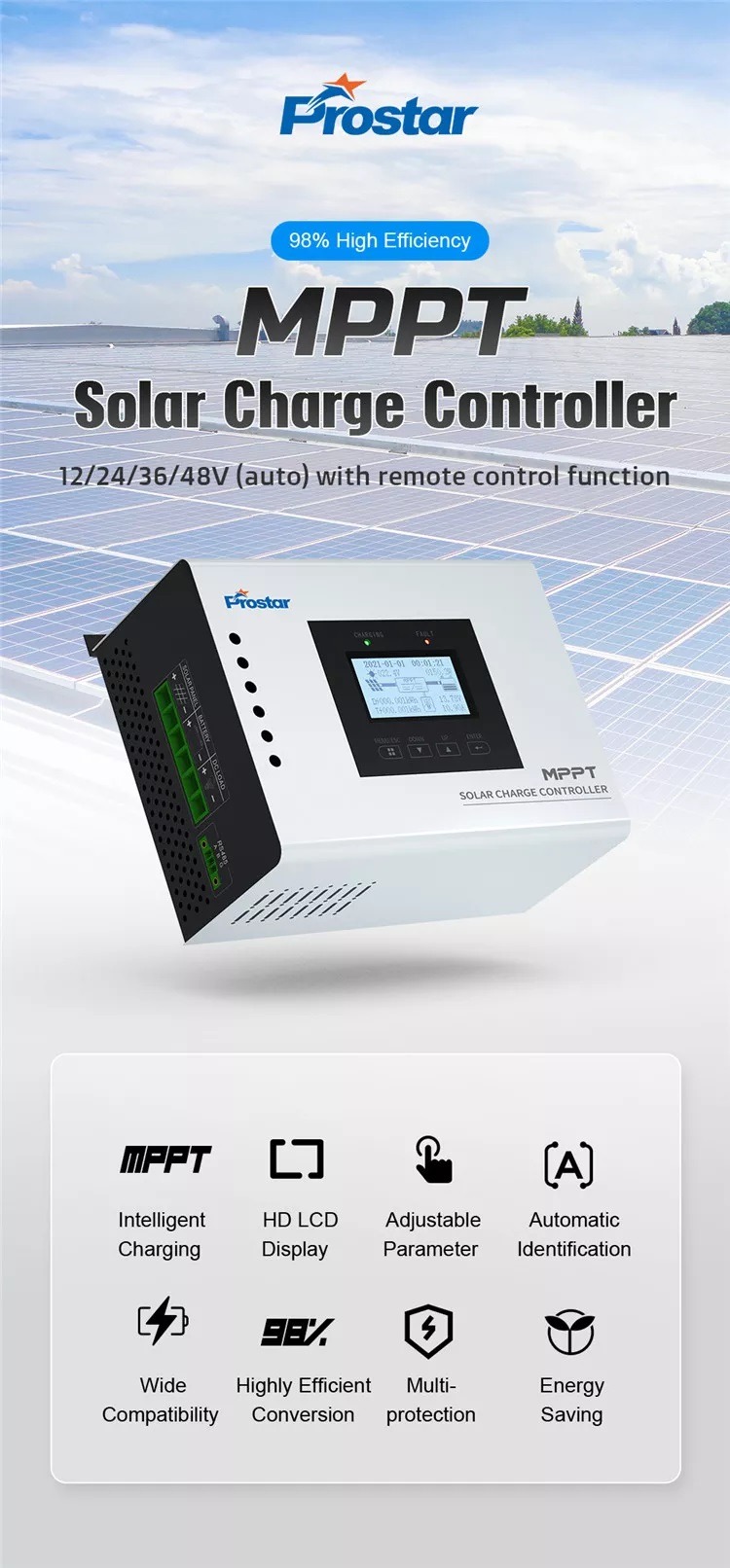
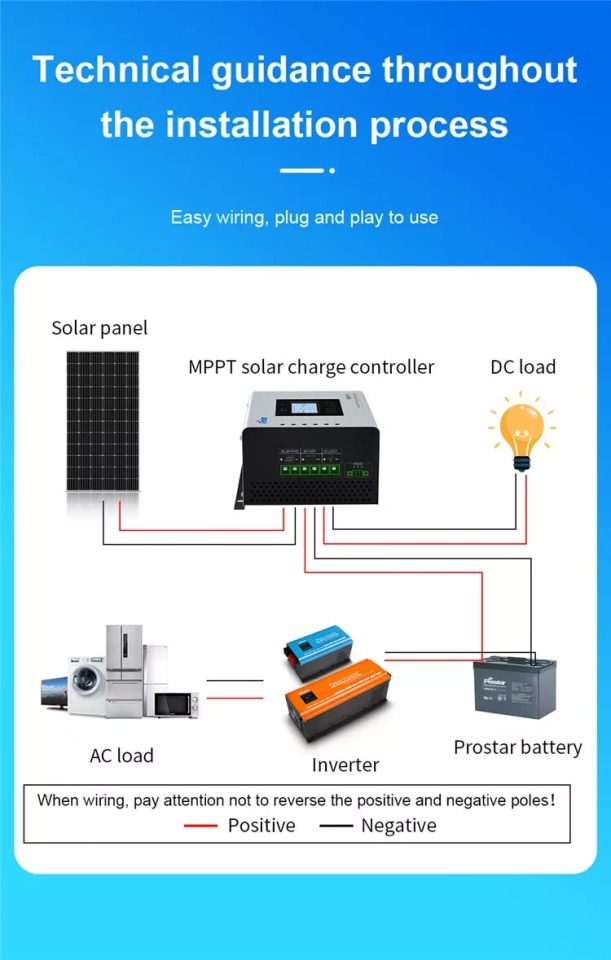
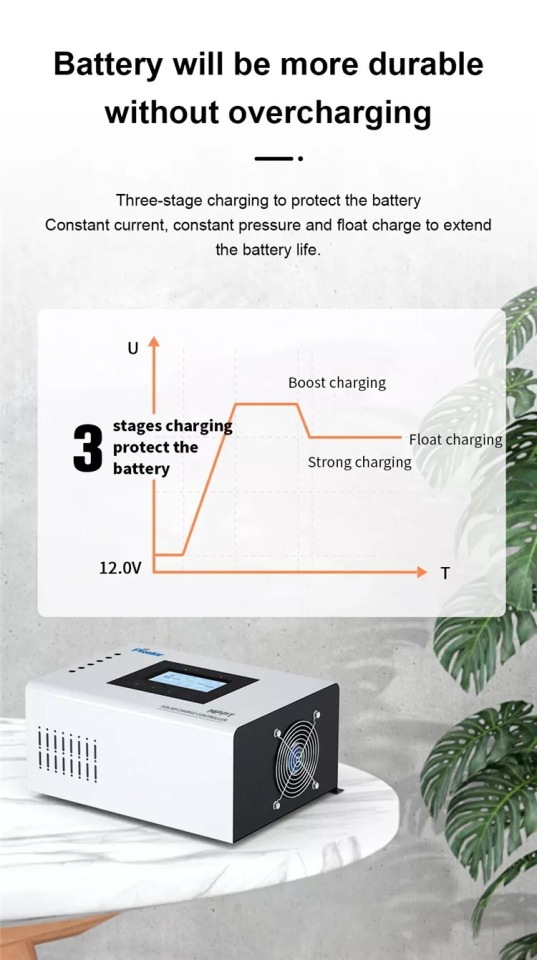
Prostar MCR series best 12v/24v/48v 10a - 60a mppt solar charge controller tracks the maximum power point of the solar panel exactly and quickly in any condition.
☑Compatible for PV systems in 12V, 24V, 48V. ☑MPPT tracking efficiency up to 99%. ☑Three-stage charging optimizes battery performance. ☑Touch LCD screen and LED indicators for operation information, customizable parameters, and error codes. ☑Automatic battery voltage detection. ☑User programmable for Absorption voltage/Floating voltage/Low voltage disconnect. ☑Fit for Deep Cycle Sealed, Gel, Flooded, and Lithium battery option ready. ☑RS485 communication, we can offer communication protocol to convenient user's integrated management and secondary development. ☑Real-time power statistics function. ☑Die-cast aluminum design allows for efficient heat dissipation. ☑Over-temperature protection. ☑Ability to output in parallel to power DC loads.
✉[email protected] ☎+86 13827733783
#mppt#charge controller#mppt charge controller#mppt solar charge controller#solar charge controller#solar charger#solar controller#12v solar charge controller#best solar charger#mppt controller#mppt solar controller#10a mppt solar charge controller#20a mppt#30a mppt#60a mppt#24v solar controller#48v mppt charge controller#prostar#prostarinverter#inverter
0 notes
Link
Before you get a charge controller you’ll need to determine the amount of power your PV system is going to produce.
0 notes
Text
MPPT charge controllers are far more advanced than PWM controllers!
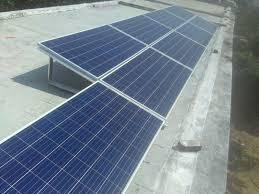
Thinking of switching to solar in Ontario? Solar Tech Canada can help you get off the grid and embrace the future. It's important to have the right information and get your hands on the right products before you make the switch. One of the most important parts of putting together a custom solar design for your home is a solar charge controller. It plays the essential role of regulating the battery and ensuring that the battery is charged correctly.
It stops overheating and overcharging of the batteries and it is connected between the solar panels and the battery. Even though solar charge controllers have been around for decades, it’s important to find the right one for your power system. MPPT or Maximum Power Point Tracker charge controllers are far more advanced than PWM controllers.
MPPT charge controllers allow the solar panels to operate at their maximum efficiency by ensuring the right voltage for maximum power output. Because of this, MPPT solar charge controllers are a lot more efficient than the average PWM controller. Depending upon the battery voltage of the solar panel, a charge controller regulates the right amount of energy which ensures that the energy output is optimal.
Solar charge controllers are either designs as standalone systems or a circuit within the battery packs. The angle at which your solar panels are placed along with the location and the season determines the output of energy. When less amount of energy is absorbed by the solar panel, it results in less power output. The MPPT charge controller plays the role of harvesting the maximum amount of energy from the solar panels for usage.
An MPPT charge controller efficiently tracks the excess voltage and converts the excess into equivalent amperage. Therefore, in all weathers and conditions, the MPPT charge controller has better solar energy harvesting power than that of a PWM controller. Solar power is one of the very few sources of energy that is completely free, simple, and reliable without pollution, they are clean and renewable energy sources.
Maximum Power Point Tracking charge controllers are highly efficient and ensure that your home gets the maximum energy from the solar panels to charge your batteries. MPPT charge controllers convert DC output from solar panels to a lower voltage which is safe to charge batteries without damaging them. Switch to solar in Ontario by adding the essential MPPT charge controller to your list.
Their important function of limiting the energy output from your solar panels and decreasing them for use in your home ensures that your batteries or electrical appliances do not face any damage by overcharging and overheating. The flow of energy is monitored through the MPPT charge controller to regulate the energy that will flow through your home. The above are just a few of the various benefits of using MPPT charge controllers for your solar panels.
These highly efficient charge controllers perform flawlessly in all kinds of weather conditions, even on cold and cloudy days! You can always rely upon an MPPT charge controller for the best performance. Even in situations where the voltage of the solar energy harnessed is higher than the battery voltage, the MPPT charge controller can regulate the energy to the optimal voltage.
Switch to Solar Energy with Solar Tech Canada!
These efficient and powerful devices are great for protecting the power of the energy that is discharged into the battery and the home. There are a variety of benefits of going off the grid. Solar systems have an extremely long lifeline, and for you, this means an excellent return on your investment. In short, there's no reason why you shouldn't go solar! Solar Tech Canada can help you take your first step towards being environment-friendly and saving money. For more information, visit us: - https://www.solartechcanada.net/
Email - [email protected]
Call — 613 551 5786
#Solar Panels install#Solar Panels in Canada#Long range TV antenna Canada#Back up bundle#Charge controller#Monocrystalline solar panels Canada#Dc lights Canada#Power inverter Ontario#Solar Ontario
0 notes
Photo

Solar Battery Charge Controller-Circuit Diagram,Price and Manufacturers
https://www.large.net/news/8yu43p5.html
0 notes
Text
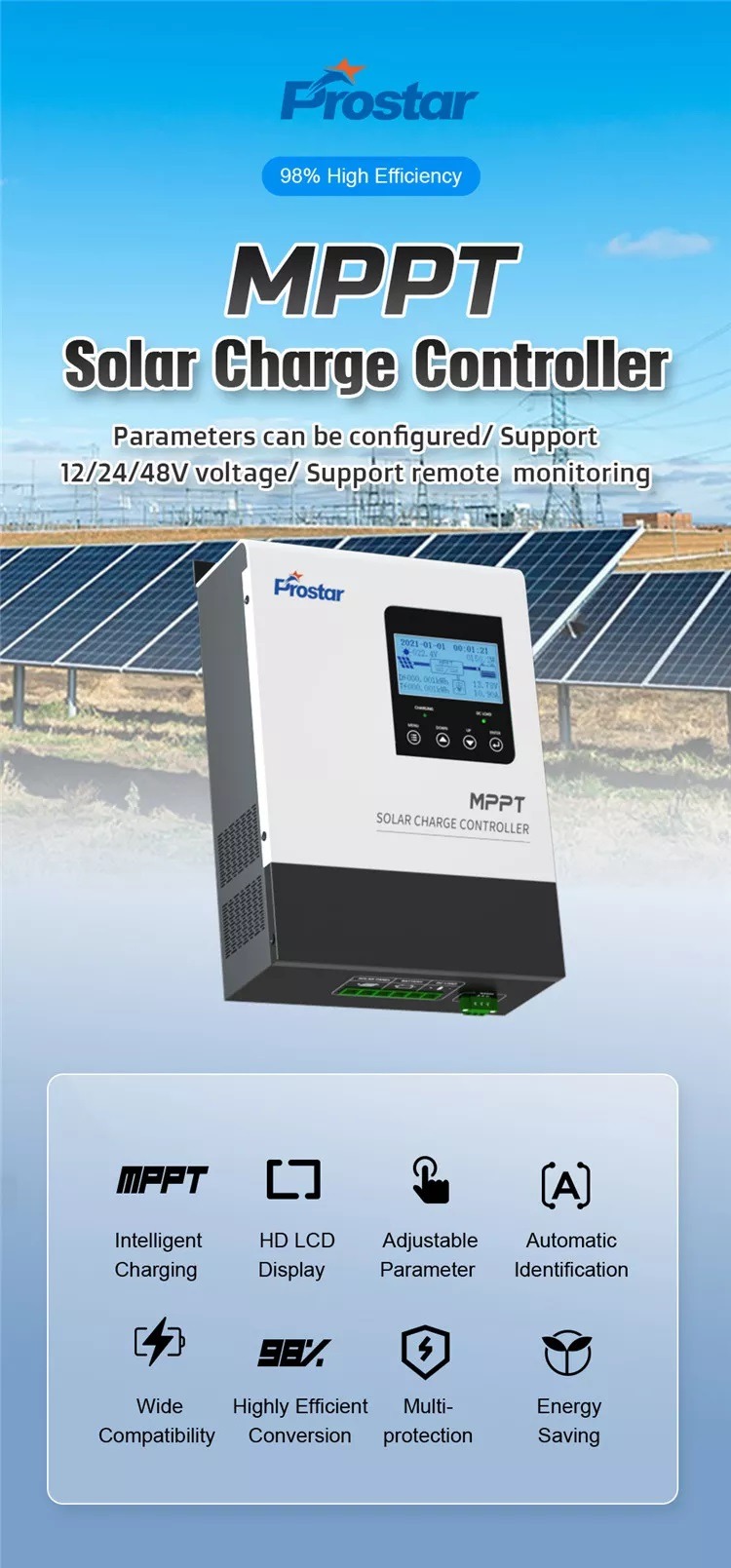
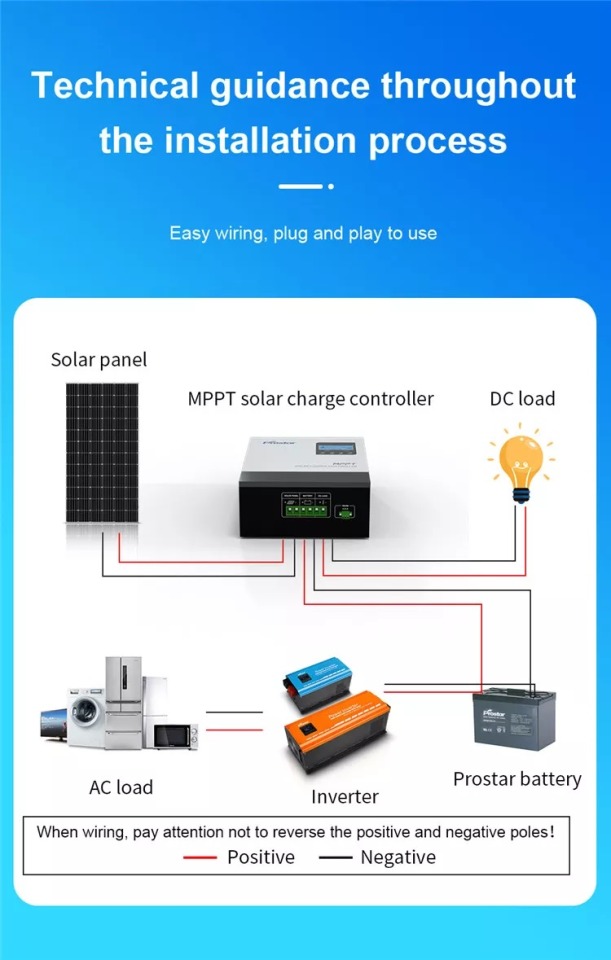
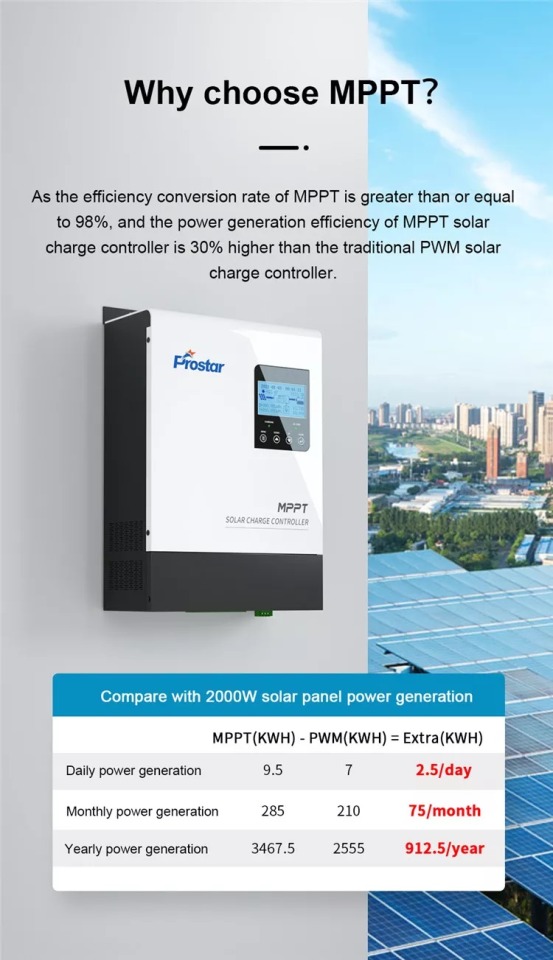
Prostar MCL series 12V 24V 48V 30A - 80A best mppt solar charge controller for backpacking, it is designed with an optimal feature-to-cost ratio to minimize total cost of ownership of the off-grid system.
☑Wide DC voltage input range, suitable for various common solar panel specifications. ☑Compatible for PV systems in 12V, 24V, 48V. ☑Select low power consumption chip to reduce static standby energy consumption and reduce energy loss. ☑Three-stage charging optimizes battery performance. ☑Maximum efficiency up to 98%. ☑DSP control technology. ☑Automatic battery voltage detection. ☑User programmable for Absorption voltage/Floating voltage/Low voltage disconnect. ☑Fit for USER(can be set Lithium, Lifepo4, Li(NiCoMn)O2)/Vented/Flooded/Sealed/Gel/NiCd battery. ☑RS485 communication, we can offer communication protocol to convenient user’s integrated management and secondary development. ☑Real-time power statistics function. ☑Battery over discharge / Battery reverse polarity / Load overload protection.
✉[email protected] ☎+86 13827733783
#mppt#charge controller#mppt charge controller#mppt solar charge controller#solar charge controller#solar charger#solar controller#12v solar charge controller#best solar charger#mppt controller#mppt solar controller#30a mppt#40a mppt#50a mppt#60a mppt#80a mppt#mppt charger#24v solar controller#48v mppt#48v charge controller#prostar
0 notes
Video
youtube
En Verimli Güneş Paneli Şarj Kontrol Cihazı Mppt mi Pwm Mi Solar Regülatörü
#charge controller#solar panel#solar power#solar energy#solarcharger#güneş paneli#güneş paneli şarj kontrol cihazı#mppsc#mppt#mppt solar charge controller
0 notes
Link
Anyone tackling solar power for the first time will quickly find there’s a truly dizzying amo...
#originaltags#2020 hackaday prize#arduino hacks#canbus#charge controller#raspberry pi#solar#solar hacks#the hackaday prize
0 notes
Text
youtube
#jwsolarusa#jwsolarusayoutube#solar#technology#charge controller#solar battery charger#mppt chargecontroller#midnitesolar#the kid#30a mppt#solar power#energy#solar energy#minnesota#off grid solar system#Youtube
0 notes
Video
youtube
(via Electronic Basics: Solar Panel & Charge Controller
0 notes
Video
youtube
Systellar 12-24v 40A Solar Charger Quick Look and Features | MPPT Magic! | Smart SMU Features [Eng]
0 notes
Video
youtube
MPPT Charge Controller vs PWM Charge Controller
0 notes
Photo
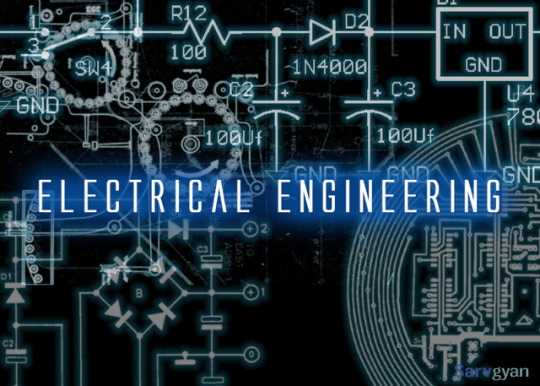
Load Estimating and Calculating the Components of Solar System
by Aye Myo Thant | Thant Zaw Oo | Ohmmar Myint ""Load Estimating and Calculating the Components of Solar System""
Published in International Journal of Trend in Scientific Research and Development (ijtsrd), ISSN: 2456-6470, Volume-3 | Issue-5 , August 2019,
URL: https://www.ijtsrd.com/papers/ijtsrd25281.pdf
Paper URL: https://www.ijtsrd.com/engineering/electrical-engineering/25281/load-estimating-and-calculating-the-components-of-solar-system/aye-myo-thant
economics journal, best international journal
This paper is focused to develop solar system in rural area because the electricity is the backbone of the country's economy and only 40 is electrified in Myanmar. In design load estimating and calculation the components for the solar system and moreover environmental impact and climate change is also a fact to consider in it. Myanmar has high solar potential, photovoltaic PV system must be installed for most of the rural areas where there is no national grid line. To develop off grid PV system which support for people to lift up their lives in rural areas. Mono crystalline or single crystalline silicon photovoltaic cells and lead acid batteries are going to use in the system. The load estimation, PV sizing, inverter selection and battery sizing are calculated mainly. Based on the results, the design consideration can be absolutely applicable for the one village.
0 notes